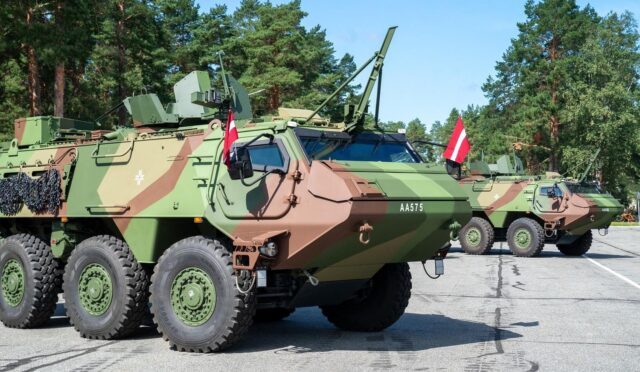UK Military Redefines Autonomous Operations
In a groundbreaking initiative, the UK has successfully tested multiple autonomous systems controlled from a crewed vehicle. This pioneering operation saw a single operator effectively manage a drone alongside two ground robots, marking a significant advancement in military technology. The trial, conducted on Salisbury Plain in southern England, was organized by the Defence Science and Technology Laboratory (Dstl) in collaboration with Thales and various technology providers.
Equipped with cutting-edge cameras and automatic target recognition capabilities, these autonomous systems demonstrated their ability to identify and classify threats in real time. By transmitting crucial data back to the operator, the exercise showcased the potential for enhanced reconnaissance operations while significantly reducing the risk faced by troops active on the front lines.
NATO Integration and Future Military Readiness
Expanding upon this test, the UK has further developed its Generic Vehicle Architecture (GVA), a crucial framework for designing vehicle electronics, power systems, and human-machine interfaces. By applying GVA to autonomous platforms, the project aims to lay the groundwork for future interoperability among NATO allies. This initiative will facilitate the use of shared autonomous systems, sensors, and software across various military platforms, ultimately lowering costs and simplifying integrations.
The implications of this integration are profound, as it not only enhances operational effectiveness but also strengthens the collaborative potential of NATO forces. By aligning technologies and systems, allied units can respond more cohesively in joint operations, thereby improving overall defense readiness.
Investing in Autonomous Defense Technology
Looking ahead, the Defence Science and Technology Laboratory (Dstl) intends to implement insights gained from this trial in future missions. This includes potential deployments of swarming drones designed for intelligence, surveillance, and reconnaissance tasks, which promise to revolutionize military tactics.
In response to evolving defense needs, the UK government is significantly increasing its investment in autonomous defense technology. A commitment of 2 billion pounds (approximately $2.7 billion) has been allocated to expedite the development of drones and uncrewed systems. This strategic move is aligned with the United Kingdom’s recent Strategic Defence Review, which emphasizes strengthening military capabilities and enhancing the defense industry’s potential for exports.
Strengthening National Defense Strategy
This investment strategy coincides with UK Prime Minister Keir Starmer’s ambitious vision to elevate defense spending to 2.5 percent of GDP by 2027. The increase marks the largest military build-up the UK has seen since the Cold War, with projections suggesting it could rise to 3 percent by 2029, reflecting an urgent commitment to bolster national security.
The ramping up of defense expenditures signifies not only a response to contemporary global security challenges but also an affirmation of the UK’s intent to remain at the forefront of technological advancement in military operations. As the nation continues to innovate within the realm of autonomous systems, it stands poised to redefine its operational capabilities on the global stage.







